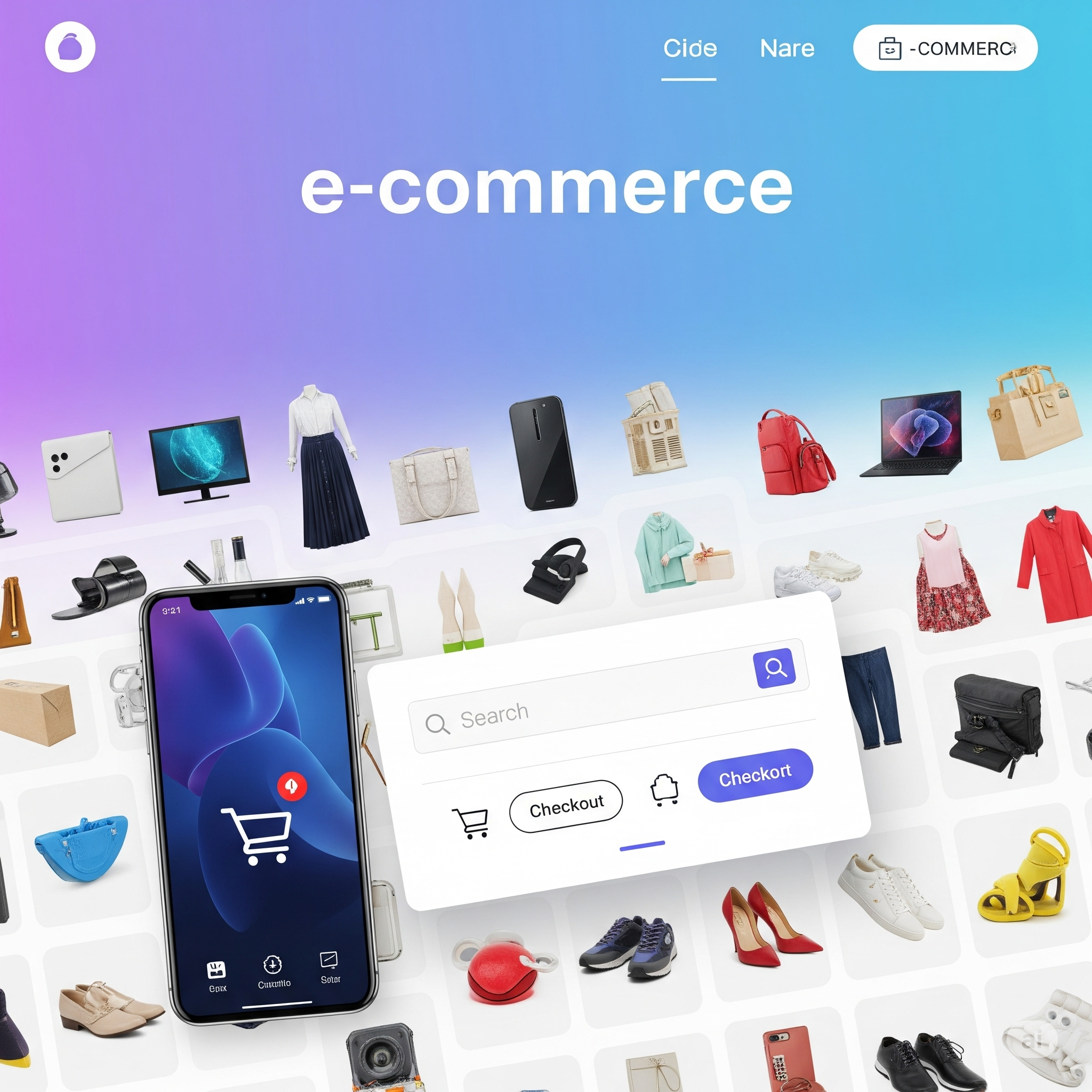10 Honest Things About E-commerce vs Traditional Commerce

E-commerce has revolutionized how we shop, starkly contrasting with traditional commerce. Unlike physical stores, electronic-commerce operates globally, 24/7, from your couch. This digital model offers unparalleled convenience and access to a vast array of products without geographical limits. It also boasts lower overhead for businesses, often translating to better prices for consumers. However, it lacks the tactile experience of holding a product or the immediate gratification of walking out with a purchase. Traditional commerce, conversely, thrives on personal interaction and sensory engagement within a local setting. The fundamental difference lies in their reach and the consumer experience they prioritize.
🛒 What is Commerce?
Commerce means buying and selling. It’s how people swap things — like when you go to a store, give money, and get a toy or snack in return. There are two main types of commerce:
- Traditional Commerce (the old way)
- E-Commerce (the web way)
Let’s break them down!
🌐 What is E-Commerce?
E-commerce stands for electronic commerce. It is buying and selling goods online.
Instead of going to a physical shop, you visit an e-commerce website (e.g., Amazon, Daraz, or Flipkart) and order the product. It’s delivered at your doorstep!
🏪 What is Traditional Commerce?
Traditional commerce is the way people used to shop before the internet.
Imagine:
Going to a store around your place
Using money or cards to pay for things
Speaking to the store owner in person
This is how your parents or grandparents mostly shopped.
Examples:
- Buying clothes from a mall
- Buying vegetables from the local market
- Buying books from a bookstore
Examples of Electronic-commerce websites:
These websites are hosted on electronic-commerce platforms like Shopify, WooCommerce, or Magento, which allow sellers to host their online shops.
🆚 Electronic-Commerce vs Traditional Commerce
Let’s compare how they differ in a simple table:
| Feature | Traditional Commerce | E-Commerce |
|---|---|---|
| Location | Physical store | Online store (website) |
| Time | Fixed hours | 24/7 available |
| Payment | Cash, card | Online payments, UPI, COD |
| Personal Interaction | Yes | No (chatbots or emails instead) |
| Reach | Local | Global or national |
| Delivery | Immediate | Takes time (shipping) |
| Business Cost | High (rent, staff, etc.) | Lower (website setup, hosting) |
💡How Electronic-Commerce Business Works
An eCommerce business is running a business selling your products online. You can do so by:
- Making a product (like clothes or crafts)
- Creating an electronic commerce website
- Putting your products on the website
- Buyers buy from your website
- You deliver the product to them
Or you put your products on an online shopping site like Amazon or Daraz.
Example:
If Sujal makes handmade bags, he can sell them on his website or use Daraz to sell more.
✅ Electronic-Commerce Benefits
Here are some great things about electronic-commerce:
1. Shop Anytime
You don’t need to wait for stores to open. E-commerce sites are open 24/7!
2. No Travel Needed
You can shop all from your phone or computer — even in bed!
3. More Choices
There are thousands of items offered through online stores that you will not find locally.
4. Price Comparison
You have the ability to compare prices across different sellers and get the best deal.
5. Access to More Buyers
For sellers, an eCommerce business allows them to access individuals across the country or the globe.
6. Low Start-Up Cost
No necessity to rent a big store. Simply create an e-commerce website and you are good to go!
❌ E-Commerce Disadvantages
It’s not that great, though! These are a few of the cons of e-commerce:
1. No Touch and Feel
You cannot try out garments or test gadgets before buying.
2. Delivery Takes Time
Unlike shopping malls, you do not get the product immediately.
3. Internet Issues
If there is no internet, you cannot shop or run your store.
4. Scams and Fake Products
Some websites may be fake, or you might be given low-quality items.
5. Returns Can Be A Problem
At times, it’s cumbersome or hard to return something you don’t need.
🔄 E-Commerce vs Electronic-Business
Some people think eletronic-commerce and electronic-business are one and the same. However, they are slightly different:
| Term | Meaning |
|---|---|
| E-Commerce | Buying and selling online |
| E-Business | All online business work (includes selling, marketing, support) |
Thus, e-commerce is a sub-set of e-business.
For example, shipping a product is electronic-commerce. But shipping an email to a client or using software for order processing is e-business.
🌟Why E-Commerce is Growing So Fast (Especially in Nepal)
In Nepal, more and more individuals use the internet and mobile phones. That means:
- Online shopping is getting simpler
- Kids are starting eCommerce businesses
- Platforms like Daraz and Foodmandu are popularizing
- Delivery services are improving even in small cities
The COVID-19 pandemic also showed people that online shopping is safe and convenient.
🧑💻Starting Your Own E-Commerce Business
Want to start your own online store? It’s easy:
Here’s a step-by-step plan:
Step 1: What to Sell
Think of something interesting or useful — for example, clothes, food, crafts, or gadgets.
Step 2: Build an Electronic Commerce Website
Shopify or WordPress + WooCommerce. Or simply sell on sites like Daraz.
Step 3: Add Products and Info
Add images, prices, and descriptions.
Step 4: Promote Your Store
Use Facebook, TikTok, or Instagram to notify people.
Step 5: Manage Orders
Send the goods, track deliveries, and support customers.
It’s that easy!
📌Summary – Key Differences Between E-Commerce and Traditional Commerce
| Topic | E-Commerce | Traditional Commerce |
|---|---|---|
| Where you shop | Online (e-commerce website) | Physical stores |
| Time | Anytime (24/7) | Only during business hours |
| Payment | Digital | Cash or card |
| Location needed | No physical store | Need shop/space |
| Reach | Global | Local |
| Setup cost | Low | High |
| Example | Amazon, Daraz | Your local grocery store |
📝 Final Thoughts
Electronic-commerce is changing the manner in which one sells and purchases. It is faster, easier, and more convenient compared to conventional business. Despite its limitations, advantages are significantly higher and make it a great option — for new adults and small businesses in Nepal.
Whether you’re ordering your first product online or starting your eCommerce business, know what is conventional vs. eletronic-commerce will place the wisest decisions at your fingertips.


